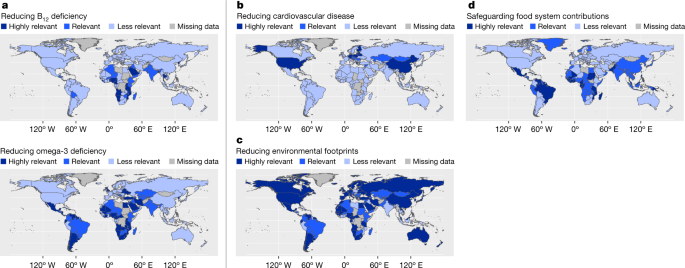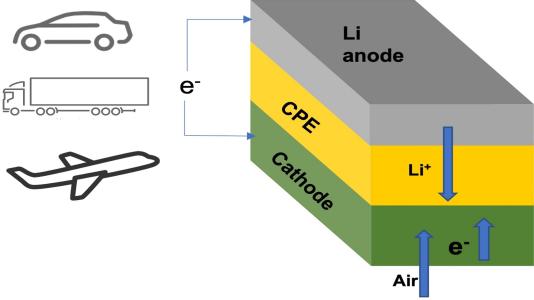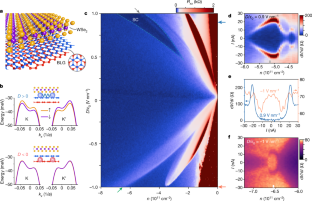2023-02-21 カリフォルニア大学サンタバーバラ校(UCSB)
◆そう語るのは、世界の食料システムにおける水産物 の役割に焦点を当てた科学者の国際共同研究であるブルーフードアセスメントの専門家チ ームである。Nature誌に掲載された論文の中で、科学者たちは、世界の食生活にブルーフードを増やすことで得られる地球規模の利益を明らかにしています。
◆画期的なブルーフード評価に基づいて作られたこの研究は、評価の結果を総合し、栄養、健康環境、生活に関連する4つの政策目標にわたってそれらを翻訳しています。研究チームの報告によると、水生食品には多くの必須栄養素、特にビタミン B12 とオメガ 3 脂肪酸が豊富に含まれているが、これらの欠乏は世界的に、特にアフリカと南米諸国において比較的高い。これらの地域で青い食品の摂取量を増やせば、特に幼児や高齢者、妊婦、出産適齢期の女性など、弱い立場の人々の栄養不足を解消することができます。
◆一方、赤身の肉の過剰摂取に関連する心臓血管系疾患の発生率は、北米やヨーロッパの豊かな先進国に多く見られます。ここで淡水魚や海産物の摂取を促進すれば、赤肉や加工肉の消費をある程度代替し、心臓病の発症リスクや発症率を下げることができる。
◆また、青い食品を増やすことは、より環境に優しく、持続可能な食糧システムを実現することにもつながる。水生食品の生産は、陸生食肉生産よりも環境に対する圧力が比較的低いため、青い食品を増やす方向にシフトすれば、陸生家畜(特に牛、羊、山羊などの反芻動物)の生産が地球に与える打撃を軽減することができる。
◆また、水産養殖や漁業は、慎重に開発されれば雇用の機会にもなり、世界中で何億人もの人々の生活を保障することができると、研究者は述べています。
◆青い食品の生産とアクセスに対する障壁を低くする青い食品政策を慎重に実施すれば、国は複数の利益を同時に得ることができ、その結果、人々の健康と持続可能な食糧システムを実現し、環境条件の変化への適応能力も向上させることができる。しかし、すべての国が一様に恩恵を受けるわけではありません。
◆この研究の主執筆者であるストックホルム大学ストックホルムレジリエンスセンターの教授でブルーフードアセスメントの共同議長を務めるBeatrice Crona氏は、「ブルーフードは私たちの食生活、社会、経済において重要な役割を果たすことができますが、それが具体的にどのようなものかは国や地域によって大きく異なるでしょう」と述べています。「私たちの目標は、政策立案者がブルーフードがもたらす多様な貢献を十分に理解し、ブルーフードがもたらす機会を本当に最大限に活用するために交渉する必要のあるトレードオフを検討することです」と述べています。
◆そのために、チームはオンラインツールを提供しており、ユーザーは栄養、心臓病、環境、気候の回復力の領域で、世界中の政策目標の関連性を見ることができます。
◆この研究は、現在および将来の世界の食糧システムにおけるブルーフードの可能性を理解し、食糧の未来を形作る政策に情報を与え導くことを目的として、ブルーフード評価チームが執筆した一連の査読付き論文の最新版です。
<関連情報>
ブルーフードが国家間のフードシステムの野望を達成するのに役立つ4つの方法 Four ways blue foods can help achieve food system ambitions across nations
Beatrice I. Crona,Emmy Wassénius,Malin Jonell,J. Zachary Koehn,Rebecca Short,Michelle Tigchelaar,Tim M. Daw,Christopher D. Golden,Jessica A. Gephart,Edward H. Allison,Simon R. Bush,Ling Cao,William W. L. Cheung,Fabrice DeClerck,Jessica Fanzo,Stefan Gelcich,Avinash Kishore,Benjamin S. Halpern,Christina C. Hicks,James P. Leape,David C. Little,Fiorenza Micheli,Rosamond L. Naylor,Michael Phillips,Elizabeth R. Selig,Marco Springmann,U. Rashid Sumaila,Max Troell,Shakuntala H. Thilsted & Colette C. C. Wabnitz
Nature Published:22 February 2023
DOI:https://doi.org/10.1038/s41586-023-05737-x

Abstract
Blue foods, sourced in aquatic environments, are important for the economies, livelihoods, nutritional security and cultures of people in many nations. They are often nutrient rich1, generate lower emissions and impacts on land and water than many terrestrial meats2, and contribute to the health3, wellbeing and livelihoods of many rural communities4. The Blue Food Assessment recently evaluated nutritional, environmental, economic and justice dimensions of blue foods globally. Here we integrate these findings and translate them into four policy objectives to help realize the contributions that blue foods can make to national food systems around the world: ensuring supplies of critical nutrients, providing healthy alternatives to terrestrial meat, reducing dietary environmental footprints and safeguarding blue food contributions to nutrition, just economies and livelihoods under a changing climate. To account for how context-specific environmental, socio-economic and cultural aspects affect this contribution, we assess the relevance of each policy objective for individual countries, and examine associated co-benefits and trade-offs at national and international scales. We find that in many African and South American nations, facilitating consumption of culturally relevant blue food, especially among nutritionally vulnerable population segments, could address vitamin B12 and omega-3 deficiencies. Meanwhile, in many global North nations, cardiovascular disease rates and large greenhouse gas footprints from ruminant meat intake could be lowered through moderate consumption of seafood with low environmental impact. The analytical framework we provide also identifies countries with high future risk, for whom climate adaptation of blue food systems will be particularly important. Overall the framework helps decision makers to assess the blue food policy objectives most relevant to their geographies, and to compare and contrast the benefits and trade-offs associated with pursuing these objectives.



